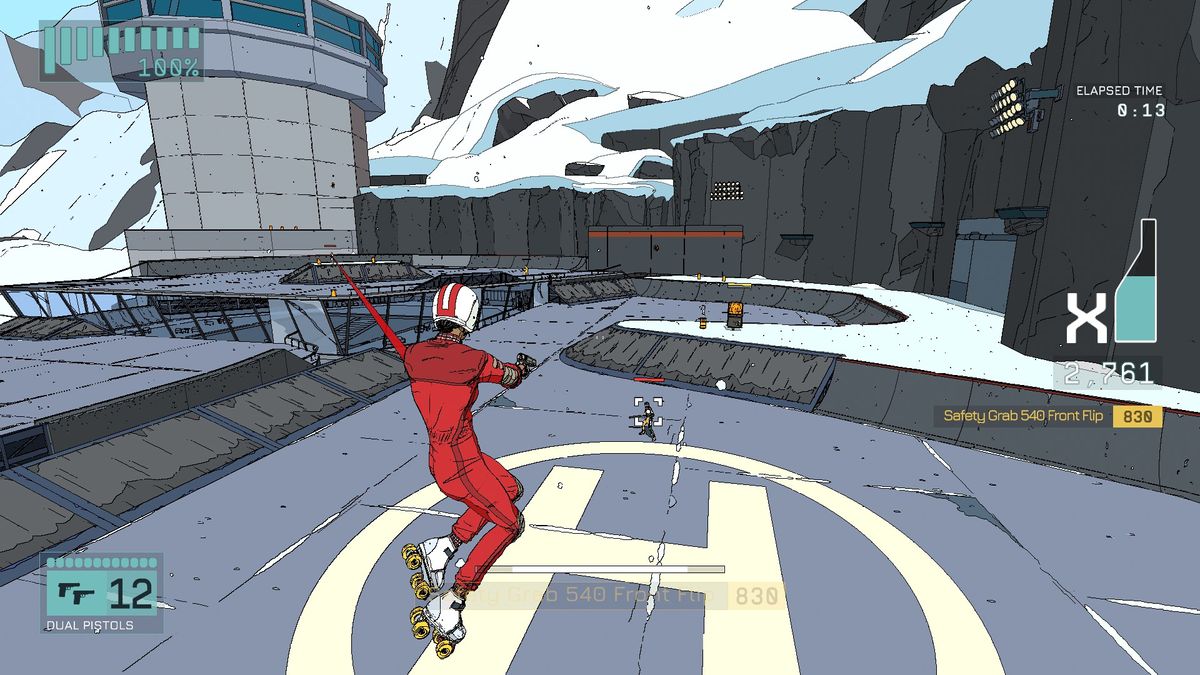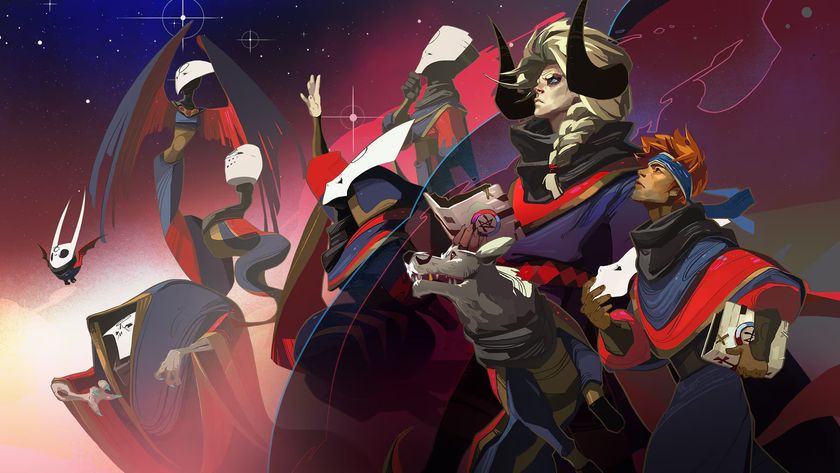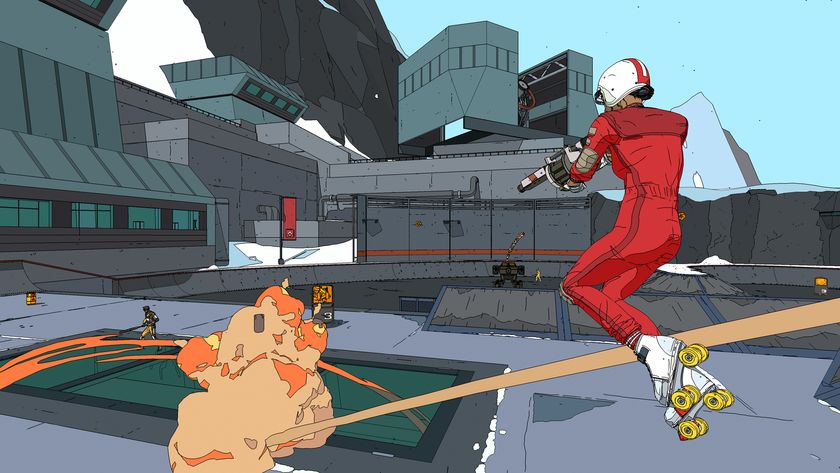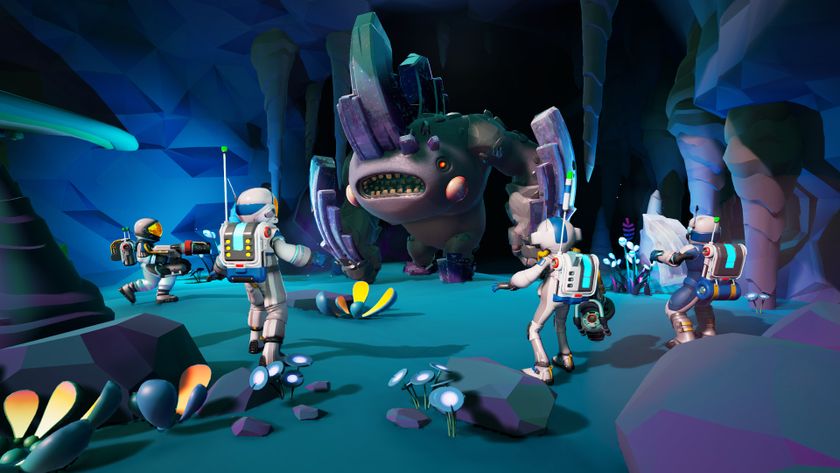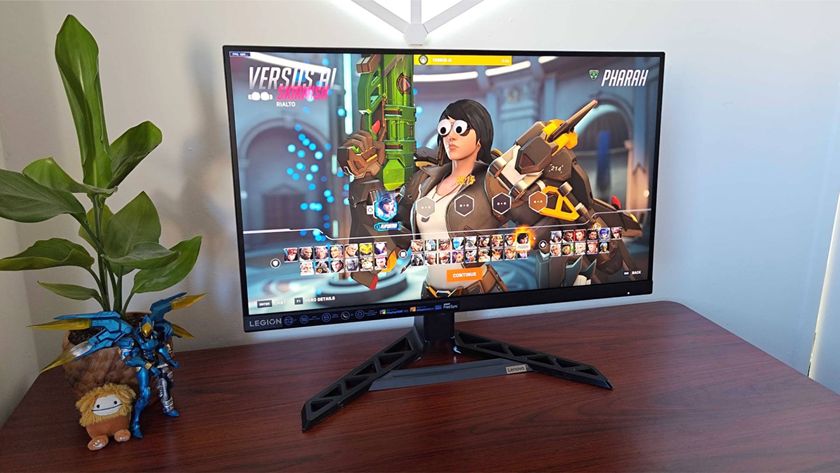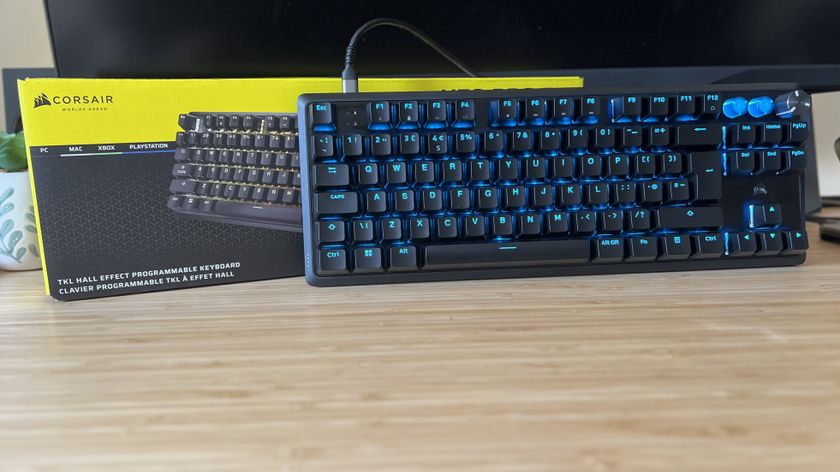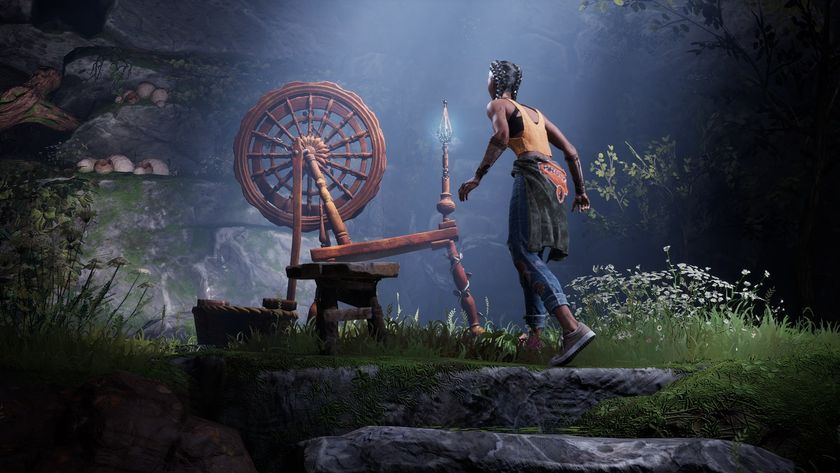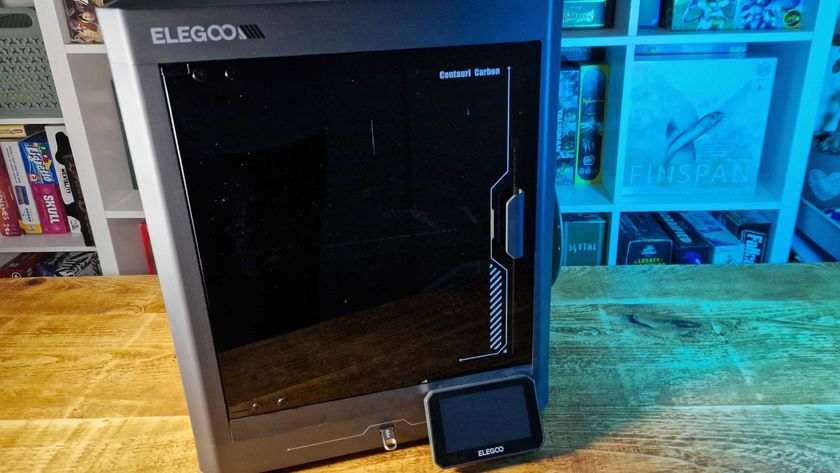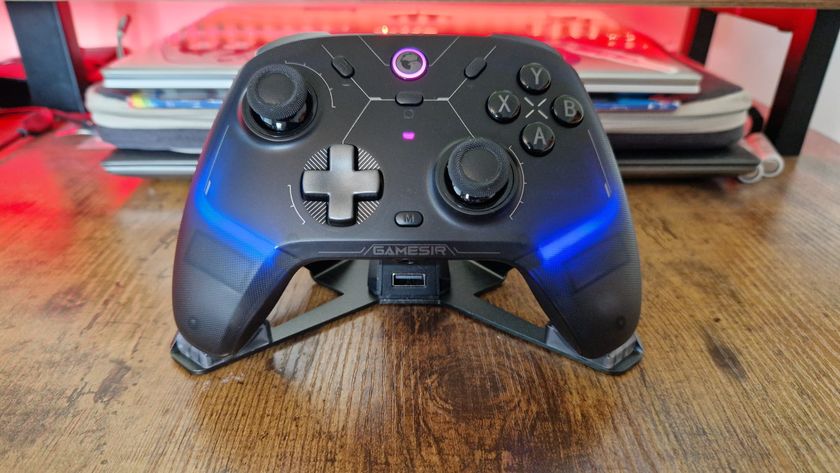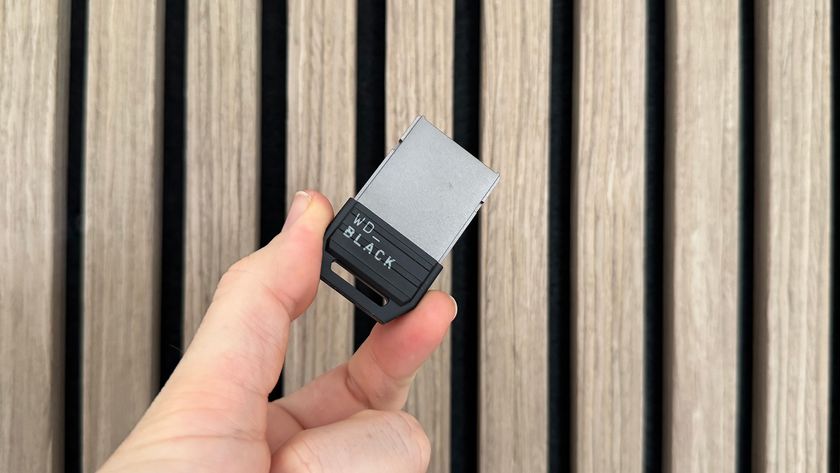12DOVE Verdict
Once you get to grips with its demands, Rollerdrome’s core concept is realised immaculately. With glorious backup from its retro stylings, each run is peppered with audacious stunts that would grace any action movie. It flags towards the end, however, thanks to an inelegant pile-on of difficulty, a lack of new twists, and disregard for its character’s story and narrative themes.
Pros
- +
Incredibly stylish visuals and soundtrack
- +
The balance of skating and shooting enables audacious stunts
- +
Plenty of high-score chasing potential
Cons
- -
Excessive numbers of opponents can spoil the game’s flow
- -
Not enough variety in arenas and enemies
Why you can trust 12DOVE
In Rollerdrome, what goes up must come down. That’s literally the case as roller-skating hero Kara Hassan speeds around skatepark arenas in a brutal future sport. The purest expression of the game’s modus operandi is when she launches herself up a quarter pipe, whips her body around into a show-off grab, then empties twin pistols into a sniper on the deck below, sticks the landing, and gracefully wheels from the scene. But for all the thrill of these undulations, as an experience too, Roll7’s first 3D game oscillates between peaks and troughs. Like Kara, it reaches some impressive heights but keeps dropping back down to earth.
The peak moments really are exquisite, though. Kara is an exceptional gymnast, contorting effortlessly into striking aerial poses, aiming in one direction while flying in another. As a performer, she’s ably supported by the sharpest of comic panel visuals, a surging retro-electro soundtrack, and lashings of Hollywood slow motion, all of which entice you into putting on a show. Maybe you take flight off a mini ramp, twist around and pump a grenade into a mini-mech while falling backwards. Or casually wall grind past bat-wielding thugs, popping them with shotgun blasts as they flounder in your wake. Or mid-air snipe a distant enemy while flipped upside down. Rollerdrome’s fusion of skating and shooting always sounded exciting, but few could predict they would meld with such panache.
Grinders keepers
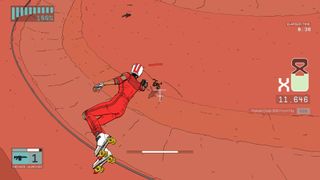
Between these highlight reel flashes, however, it can be tricky initially to sustain momentum. In the early rounds of the 11-stage championship, where the aim is always simply to gun down the armed and armored ‘house players’ before they get you, the peaks are occasional flourishes punctuating struggles to keep Kara on track. You have to learn to adjust your action game instincts to her constant forward motion, relying on curves in the arena to circle round, grinds to align with targets, and a diving dodge move for instant direction changes. Murderous style takes practice and a lot of controller buttons.
You’ll also have to get used to strictly limited ammo, which is shared between weapons and has a habit of running dry just as you’re poised for a takedown. Sure, the concept behind the reduced capacity is sound: supplies are only replenished as a reward for working grabs, spins, and grinds into your runs, which ensures you focus on your skating as much as your shooting (the other side of that equation is that health only refills when you finish off a foe). But it’s still a cause of irritation each time your weapon clicks empty when you’ve whittled a house player down to a sliver of health.
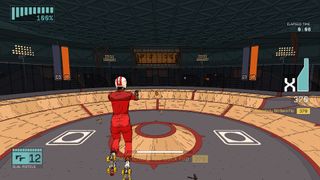
Fortunately, once you internalize some good habits – especially lots of grinding – these systems settle into equilibrium. As Kara’s journey reaches its middle, with all the game’s guns, arenas, and threats introduced, you should be in full flow, instinctively combining stunts and kills. At that point you’ll have four firearms – twin pistols, shotgun, grenade launcher and a sniping laser – and you’ll want to make use of all their traits to maximize the carnage. Pistols, for instance, can better damage enemies that erect shields or teleport away when wounded, because the fast fire rate lands multiple hits before they react. Grenades are explosively powerful, of course, but you can only hold two at a time. Their lack of lock-on targeting and arcing trajectory can also make them slower to aim, yet ideal for dislodging snipers from elevated nests – always a pleasure.
Skate or die
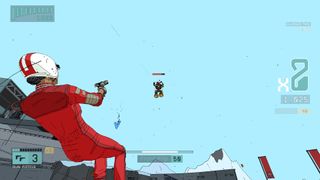
As you close in on Rollerdrome’s championship final, though, prepare for another descent, as the format fails to develop further. Each arena may look different, but they rarely challenge you to use their layouts in creative ways, and there are only around eight types of house player, all acting like clockwork machines. Later levels simply increase the numbers you have to kill, and it’s hard not to feel a sense of diminishing returns when your reward for stylishly erasing a mini-mech is to see another appear in its place. Constantly switching weapons to match enemy’s weaknesses also starts to become a chore, like playing a game of rock, paper, scissors against opponents with transparent intentions.
Rollerdrome gets difficult at this point as well, at least on default settings (there are plenty of assistance options, including game speed and health). Any plans to sweep around the arena are frequently disrupted as house players harangue you non-stop with lasers, rockets, riot shields and flamethrowers, forcing you to dive incessantly. Yes, this mayhem conveys the sense that you’re a sitting (or skating) duck in an arena full of hardened killers, but for a game that began with such pristine clarity, it feels cluttered and messy, and the wow moments reduce in frequency. Now the one viable strategy is to enter ‘super reflex time’ as often as possible, gaining a brief damage boost by triggering slow-motion right after a perfectly timed dodge.
Score draw
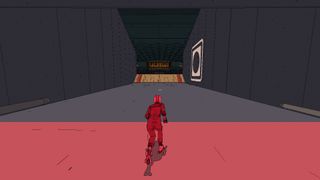
This purely quantitative form of escalation is equally a stumbling block for the story behind Kara’s Rollerdrome journey. Between rounds you can consume snippets of lore from hand-written notes or radio bulletins in the contestants’ locker room, which paints a rough outline of a corporation using the sport to distract citizens from political corruption. The battles themselves, however, are sterilised of wider context. Never do you get to break the walls and peek behind the scenes, and nor does the contest ever have you face off against rival competitors in climactic duels – what baying crowd wouldn’t pay to see that? And once you win, you merely unlock an extra tough new season that ditches narrative pretensions altogether (at least as far as I got – it’s quite an unforgiving slog).
Despite all the effort put into its 1970s, retro-futuristic aesthetic, then, Rollerdrome’s fiction feels like an afterthought. Even the structure of the tournament, which borrows heavily from Roll7’s OlliOlli games, seems to disregard it. To unlock a new tier of the competition, you not only have to survive matches but partially complete lists of challenges, which range from finishing under a particular time to pulling off a certain trick in a certain spot, or killing enemies in prescribed ways. So while the plot presents each round as a big one-off event, progress actually involves finishing them again and again until you’ve ticked off enough of these arbitrary side objectives.
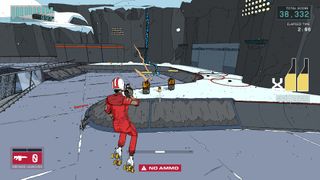
Still, once you’re done with the campaign, that does mean there’s another high to be had by returning to earlier stages with your championship-winning skills, to polish off any remaining challenges, or compete for scores on online leaderboards. Indeed, once it comes full circle, Rollerdrome reveals that it was an arcade high-score chaser all along. Settled into what feels like its comfort zone, now you can actively enjoy the repetition, learning where and when every enemy appears to figure out the most economical routes to eliminate them. As you chain kills with expert timing, the spectacular peaks start to join up into sequences.
At the same time, though, this also feels a little dissatisfying. A game that seemed to have something to say about violent entertainment as distraction from societal issues, ultimately wants you to distract you fully with its violent entertainment. As you accelerate up a quarter pipe, flip and despatch another hired goon with clinical style, you’ve become part of the machine. A low note to end on, perhaps. But what goes up…
More info
| Genre | Action |
Jon Bailes is a freelance games critic, author and social theorist. After completing a PhD in European Studies, he first wrote about games in his book Ideology and the Virtual City, and has since gone on to write features, reviews, and analysis for Edge, Washington Post, Wired, The Guardian, and many other publications. His gaming tastes were forged by old arcade games such as R-Type and classic JRPGs like Phantasy Star. These days he’s especially interested in games that tell stories in interesting ways, from Dark Souls to Celeste, or anything that offers something a little different.
